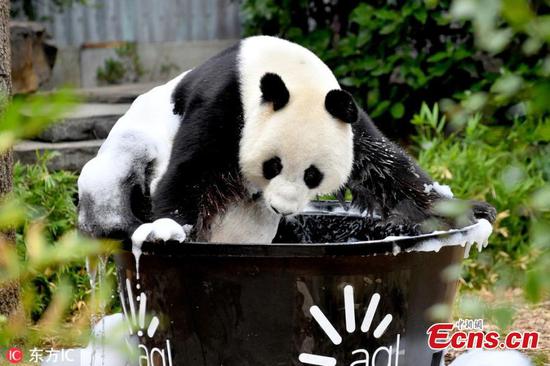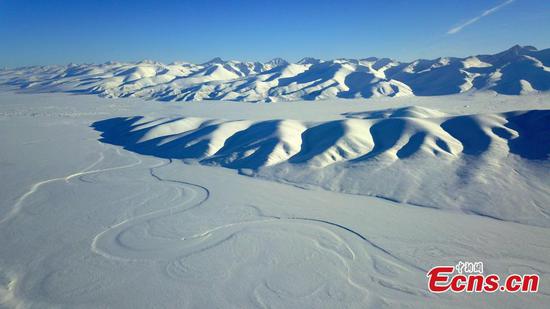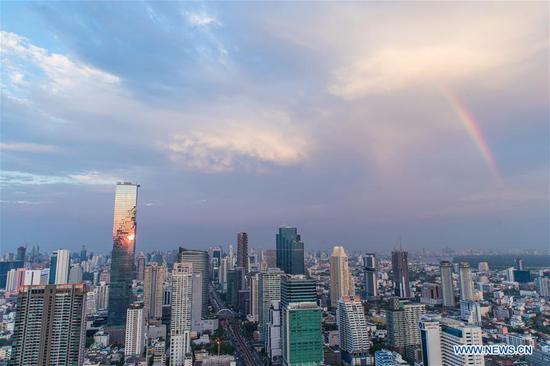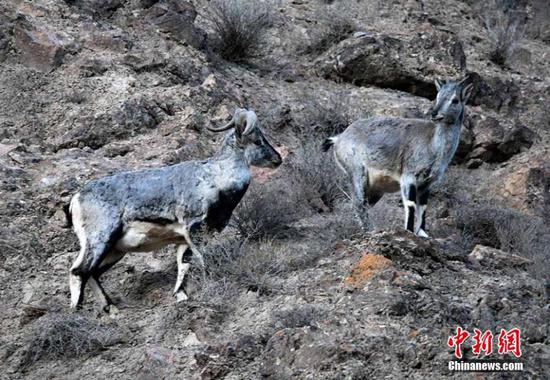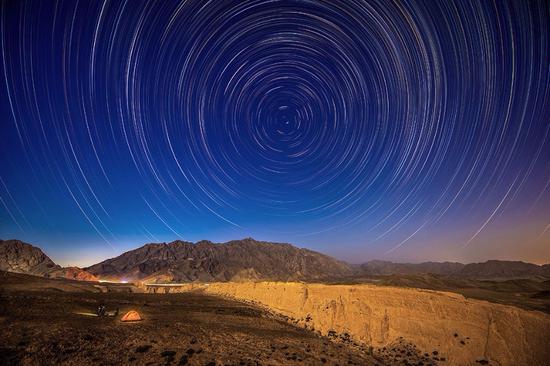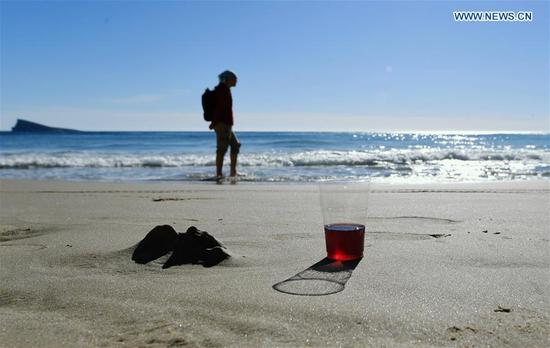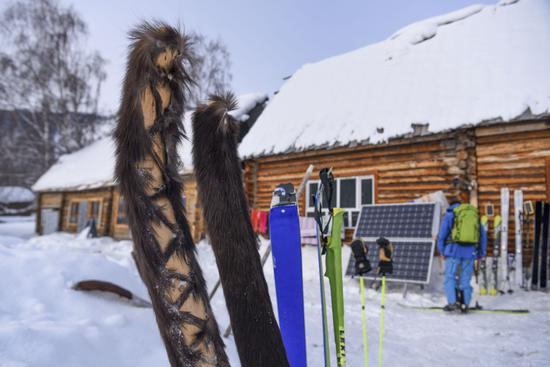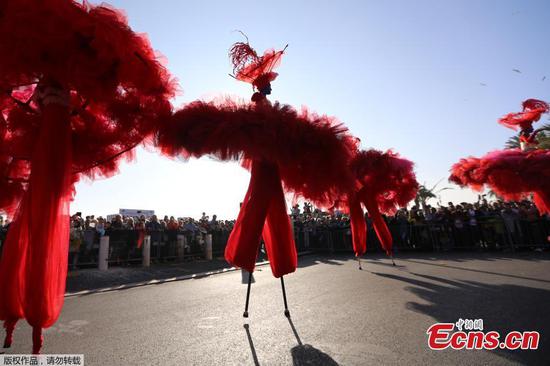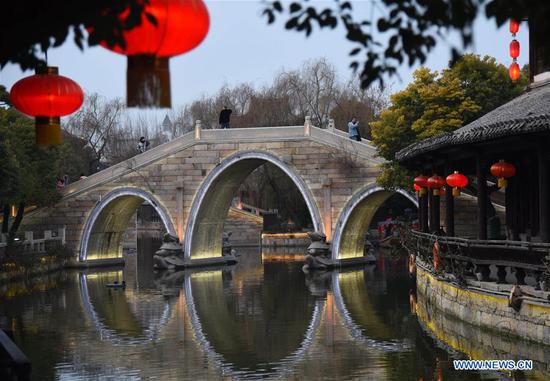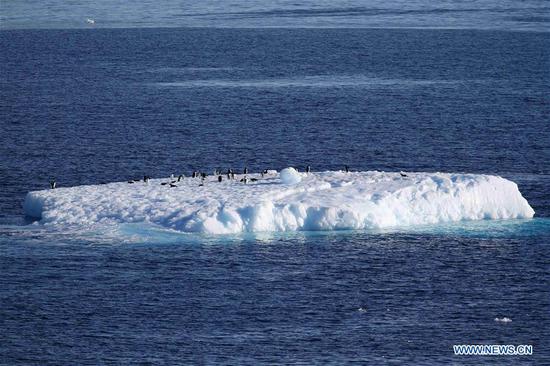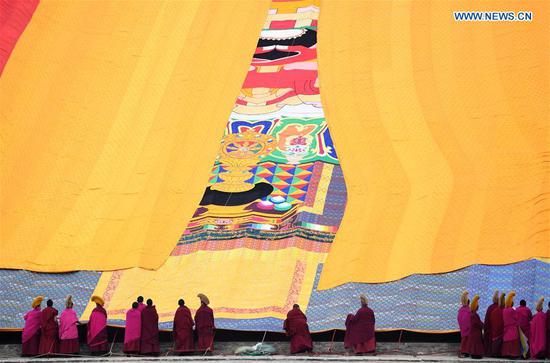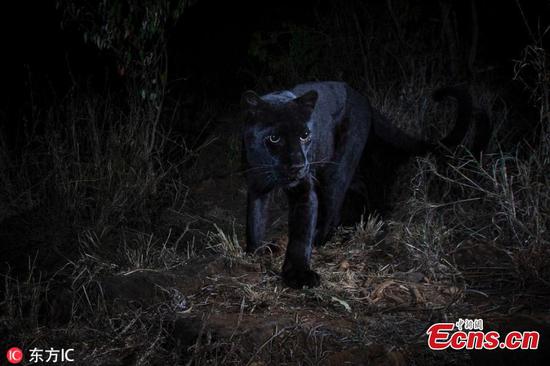The Tibet Sports Bureau has denied a recent report claiming the base camp of the world's highest mountain - Qomolangma, commonly known in the West as Mount Everest - had been "permanently closed due to heavy pollution". The report caused public outrage when it went viral on social media.
The bureau clarified to the Global Times that the administration had decided to move the base camp for tourists two kilometers from an altitude of 5,200 meters above sea level to 5,150 meters, where the Rongbuk Monastery is located.
Covering an area of more than 33,800 square kilometers, the Mount Qomolangma National Nature Reserve is one of the world's most vulnerable ecosystems.
Tibet's Department of Natural Resources has banned visitors from entering the core area above Rongbuk Monastery, at the foot of Mount Qomolangma, to protect the region's ecology according to regulations. But it won't affect tourists' view of the mountain, the sports bureau said, adding that climbers with permits are still able to go up to higher levels.
The total number of climbers trying to reach the summit from the north side is limited to 300 per year, and they can only climb in spring.
The move is seen as an effort to tackle the large amounts of waste left by growing numbers of visitors at the site, which has made cleaning up a dangerous task for workers.
This is the second time that the base camp has been moved as part of efforts to boost ecological protection.
Matter of life and death
Waste collection on Qomolangma is a perilous and sometimes life-threatening job, according to Cering Dandar, a mountaineer and guide.
He has crawled on ice in winds of more than 20 meters per second that cut his cheek like a knife just to pick up a discarded kettle, he said in a speech. Falling into one of the crevasses has become his worst nightmare.
In 2018, the Tibet Sports Bureau founded the Mount Qomolangma environmental team made up by mountaineers and local herdsmen to carry out three major clean-ups above 5,200 meters. They have collected more than 8,400 kilograms of waste - the equivalent of three fully grown African forest elephants - in 2018.
In 2019, the team plans to collect the corpses of those who have died above 8,000 meters to give them proper burials after receiving their families' consent.
Protective measures
New legislation has been enacted and there has been a revision of rules related to climbing, tourism, scientific research and engineering projects. According to the regulations, tree-felling, herding, hunting, collecting and damaging of grass is prohibited in the reserve. Anyone who violates the rules is subject to criminal punishment.
Between the altitudes of 6,500 meters and 8,844.43 meters (the peak), each climber is required to carry an appropriate amount of mountaineering waste down the mountain for staff to deal with.
The sports bureau gives two sacks to each climbing team. Anyone descending the mountain has to carry at least eight kilograms of trash. Those carrying below this weight are fined, reported Xinhua.
Staff usually bring abandoned equipment back and turn it into artwork, such as yak head-shaped decorations and lanterns.
The authority has also set up environmental-friendly toilets at the base camp. The feces produced there will be collected by local farmers and herdsmen for agricultural use.
To ensure a long-term alpine environmental protection mechanism, the authority established the Tibet Himalayan Mountain Environmental Protection Foundation, which aims to encourage more people in environmental protection efforts. Clean-up work also created many jobs for local youngsters.
Dingri county, the closest base to Mount Qomolangma, is located on a high altitude and has virtually no pillar industries. More and more youngsters there are engaged in the mountaineering business and have become guardians of alpine environment.
The local authorities are making dedicated efforts to give visitors and climbers environmental protection knowledge and skills, and issues each climber with a handbook.
Various departments are now seeking to allocate a certain proportion of funds from the annual mountaineering service revenue to carry out environmental protection work on a regular basis each year. Administrators are also making efforts to obtain increased state funding.












